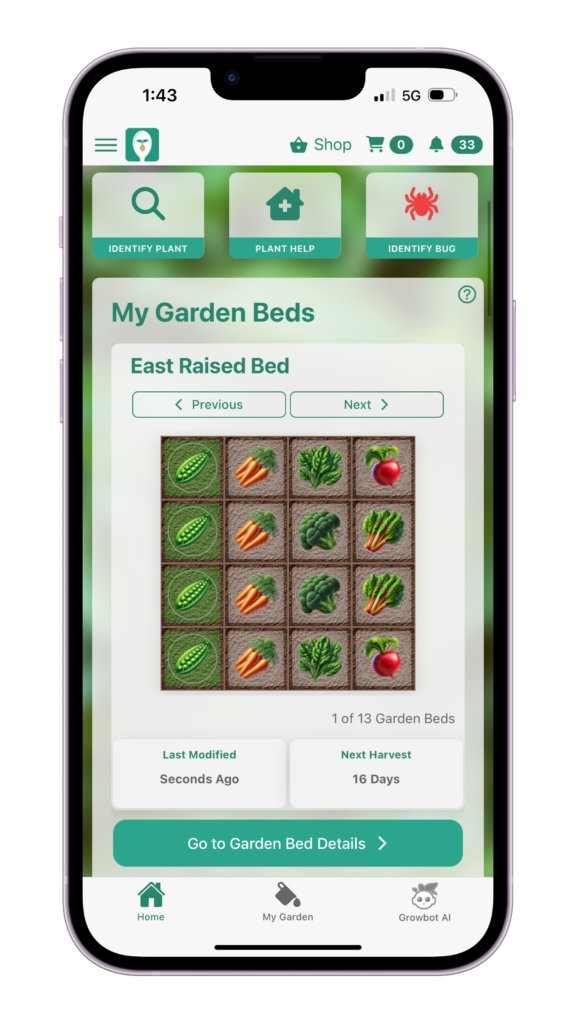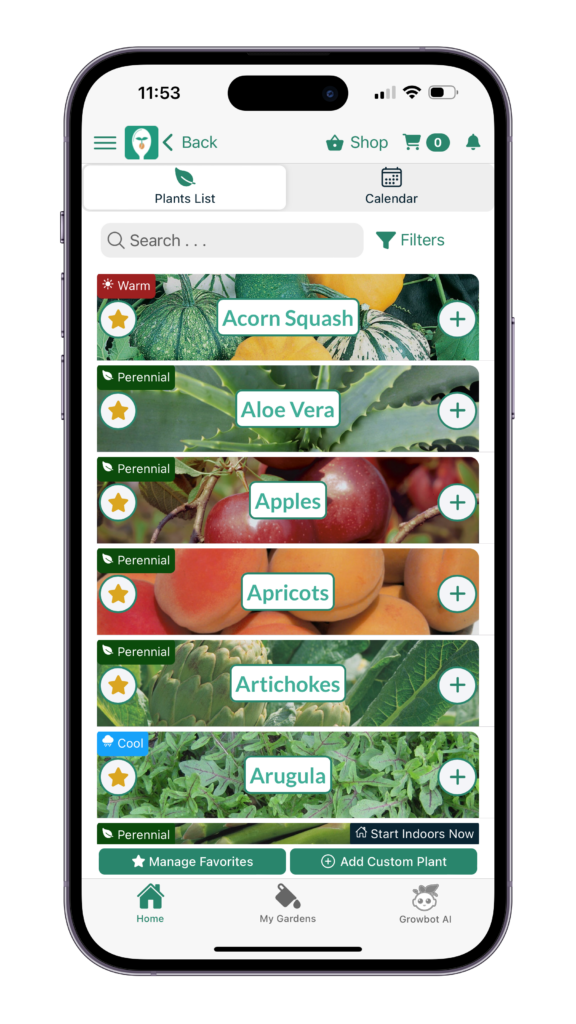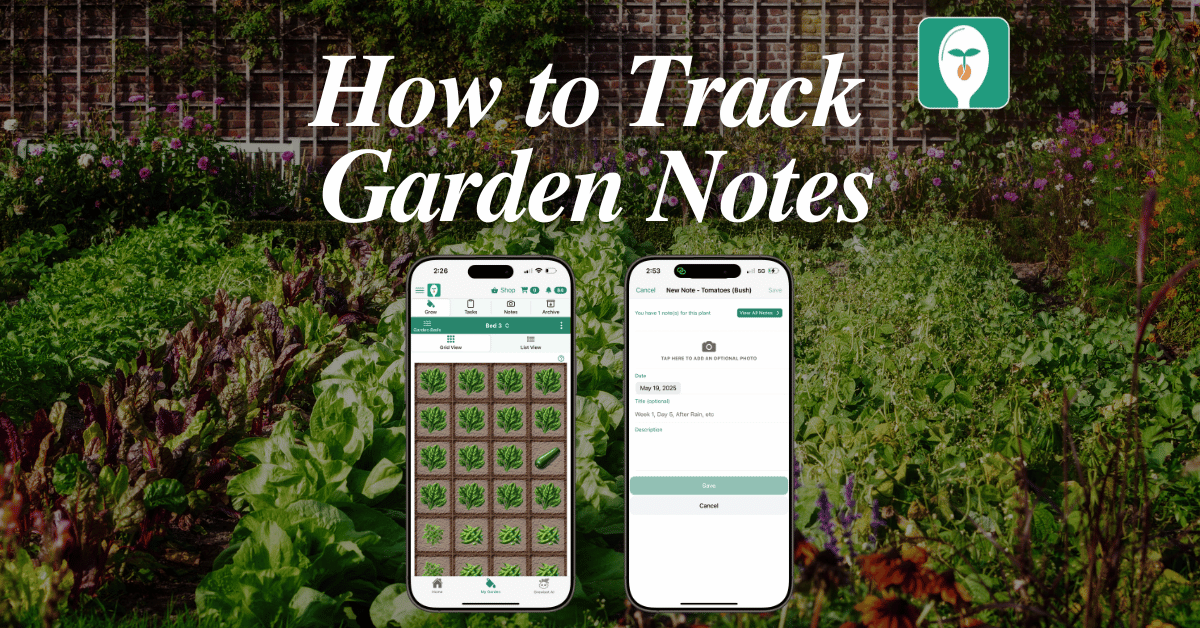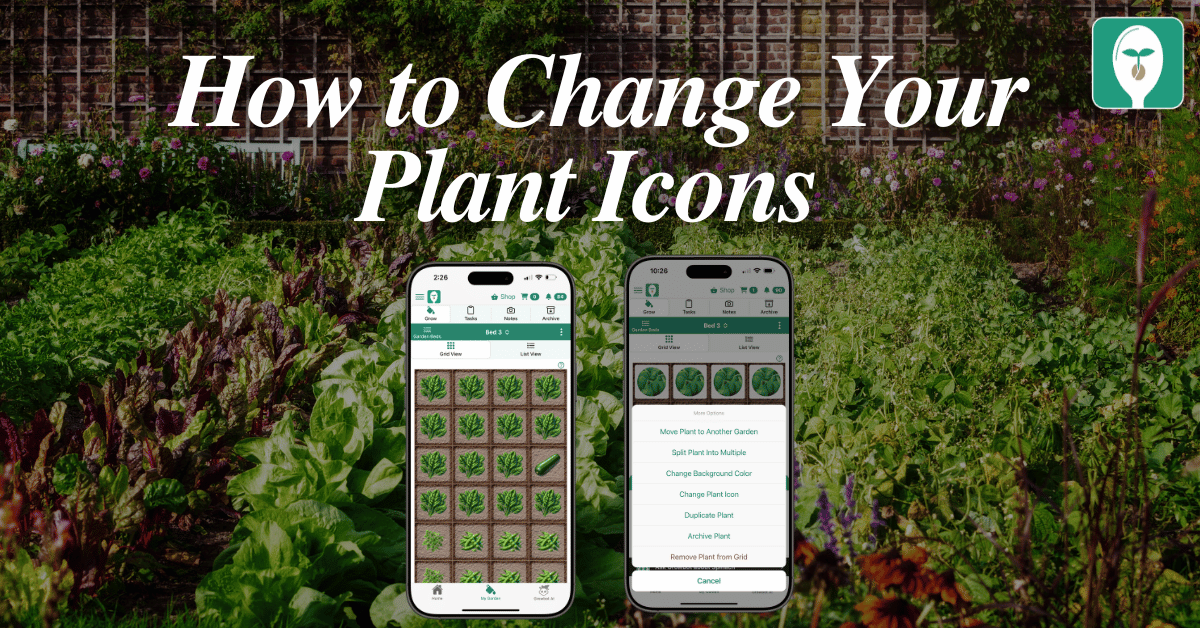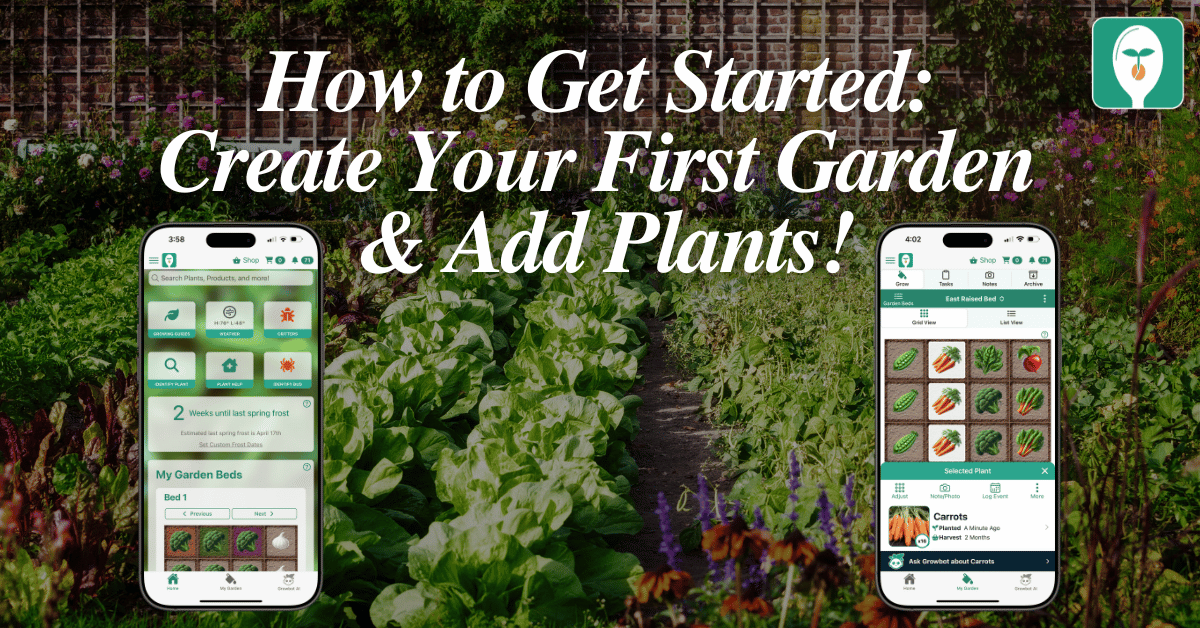How to Grow Curry: A Complete Guide for Home Gardeners
Curry plants are prized for their fragrant leaves, commonly used in South Asian cuisine. Growing curry at home is rewarding and easier than you might think. In this guide, we’ll cover everything from planting through to harvesting! You can find this plant and over 100 more in the Seed to Spoon app! Download for free today – available on iOS, Android, and web.
Why Grow Curry at Home?
Fresh Flavor: Nothing beats the aroma of fresh curry leaves straight from your garden!
Health Benefits: Curry leaves are packed with antioxidants, promote digestion, and support heart health.
Sustainability: Growing your own reduces dependency on store-bought herbs.
How to Grow Curry Plants
1. Choose the Right Container or Spot
Container Size: Use a 10-15 gallon container with good drainage if growing in pots. Smart Pots work amazingly well for growing curry plants, providing excellent root aeration and preventing overwatering due to their breathable fabric design.
Garden Location: Plant in a sunny spot with 6-8 hours of direct sunlight daily.
2. Soil Requirements
Use a well-draining potting mix enriched with organic compost.
3. Planting Curry
Seeds: Soak seeds overnight and plant 1/4 to 1/2 inch deep.
Cuttings: Use 4-6 inch cuttings with leaves removed from the lower half.
Tree Sleeve Option: For an easier start, purchase a curry tree sleeve from Park Seed, specially designed for successful growth.
4. Watering & Fertilizing
Watering: Keep soil moist but not waterlogged. Water deeply when the top inch feels dry.
Fertilizing: Use an organic balanced fertilizer like Espoma Plant-tone every 4-6 weeks during the growing season.
5. Pest & Disease Management
Common Pests: Watch for aphids, spider mites, and whiteflies. Check out our From Seed to Spoon app for more info on how to handle these pests and more organically!
Growing Indoors
Light: Place curry plants near a bright, sunny window or use a grow light for 6-8 hours of light daily.
Temperature: Maintain indoor temperatures between 70-85°F (21-29°C).
Humidity: Increase humidity with a pebble tray or humidifier.
Watering: Water when the top inch of soil feels dry, ensuring the pot has proper drainage.
Harvesting Curry Leaves
You can start harvesting once the plant is 12-18 inches tall.
Snip individual leaves or entire leaf stalks just above a leaf node to encourage new growth.
Important: Do not eat the seeds or berries, as they are toxic if consumed!
Winter Care Tips
Indoors: Move curry plants indoors when temperatures drop below 50°F (10°C).
Light: Use a grow light if needed for 6-8 hours of light.
Growing curry plants is both practical and rewarding, adding fresh flavor to your dishes while enhancing your garden’s beauty. Follow these tips, grab a tree sleeve from Park Seed, and get started on your homegrown curry journey today!
Learn more about growing over 100 different foods, including how to manage various pests in our FREE iOS, Android, or new Universal Web App!

Carrie Spoonemore, co-founder of “From Seed to Spoon,” stands as a beacon of inspiration for gardeners and health enthusiasts alike. Her journey alongside her husband, Dale Spoonemore, in creating a platform that demystifies gardening and promotes a healthier lifestyle, has made a significant impact on individuals around the globe. Through the “From Seed to Spoon” app, Carrie has dedicated herself to empowering people to take control of their health and environment by growing their own food.
With a profound belief in the power of gardening to improve mental and physical health, Carrie’s contributions to the Seed to Spoon blog reflect her holistic approach to wellness. Her articles often focus on the nutritional benefits of homegrown fruits and vegetables, organic gardening practices, and the mental health benefits of spending time in nature. Carrie’s expertise in health science shines through in her detailed discussions on how specific plants can contribute to a balanced diet and overall well-being.
Carrie’s passion for gardening is deeply intertwined with her commitment to family and community wellness. She frequently shares personal stories of how gardening has brought her family closer together, offering practical tips for involving children in gardening activities and making it a fun, educational experience. Her writing encourages families to explore gardening as a means of spending quality time together while learning about nature and sustainability.
In addition to gardening advice, Carrie’s contributions to the blog include insights into the use of technology to enhance the gardening experience. She has played a crucial role in designing the “From Seed to Spoon” app to be user-friendly, ensuring that users of all ages and backgrounds can navigate the complexities of gardening with ease. Her vision for the app is not just as a gardening tool but as a vehicle for change, inspiring individuals to adopt a more sustainable lifestyle by growing their own food.
Carrie Spoonemore’s presence on the blog is marked by her compassionate approach to teaching and her unwavering belief in the transformative power of gardening. Her work continues to inspire a community of gardeners to pursue a healthier, more sustainable way of living, proving that with the right tools and knowledge, anyone can become a gardener and advocate for their health and the planet.


